Introduction to Rubber Mixing Mills
Rubber mixing mills are essential industrial machines used for processing and preparing rubber compounds. These mills are critical in the rubber manufacturing process, where they blend, mix, and compound rubber materials to achieve the desired consistency and properties. The versatility of rubber processing machinery lies in its ability to handle various materials and formulations, making it a staple in both large-scale and small-scale production environments.
Types and Applications
There are several types of rubber mixers, including open mills and closed mills, each serving specific functions in the rubber mixing process. Open mills are widely used for mixing and masticating rubber, while closed mills, also known as internal mixers, provide more intensive mixing. These machines cater to a range of applications from tire manufacturing to rubber belts and hoses production, showcasing their adaptability across different sectors of the rubber industry.
Operational Features
The operational features of a rubber mixing machine are designed for efficiency and ease of use. With user-friendly control panels, these mills facilitate straightforward operation and monitoring of the mixing process. The noise levels are minimized for a more comfortable working environment, and the energy consumption is optimized to reduce operational costs. The design of these mills often incorporates features that simplify cleaning and maintenance, enhancing the overall productivity of the manufacturing process.
Materials and Durability
Durability is a cornerstone of rubber compounding equipment, with manufacturers choosing robust materials that withstand the rigors of milling operations. The construction of these mills ensures they can endure continuous use, maintaining performance over extended periods. This resilience translates to consistent output and reliability in production, which is crucial for businesses aiming to maintain a steady supply chain.
Advantages of Modern Mixing Mills
Modern rubber mixing mills come with a host of advantages. They are engineered to maximize productivity by reducing mixing time and enhancing throughput. The precision with which these mills operate allows for better quality control of the mixed rubber, leading to improved product quality. Additionally, the energy-efficient design of contemporary mills aids businesses in managing their energy expenditure, contributing to a more sustainable production model.
Choosing the Right Mill
Selecting the appropriate rubber mixing mill is pivotal for any rubber processing task. Alibaba.com hosts a diverse array of options to suit various production capacities and requirements. Prospective buyers can navigate through the collection to find a mill that aligns with their operational needs, ensuring they invest in equipment that supports their production objectives without compromising on efficiency or output quality.










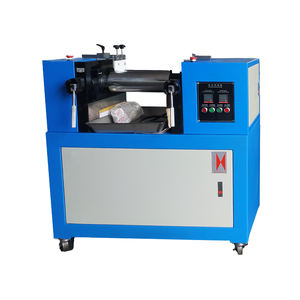

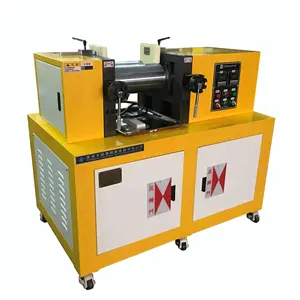


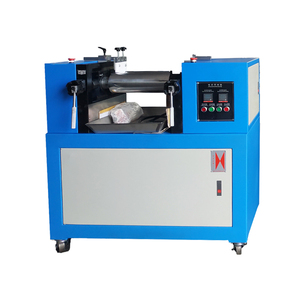
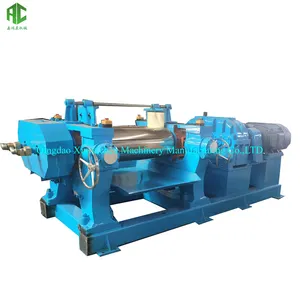






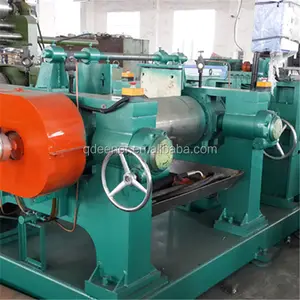


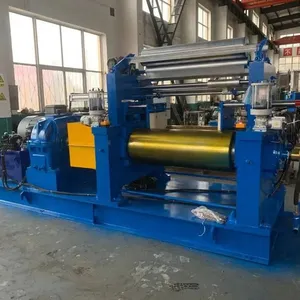
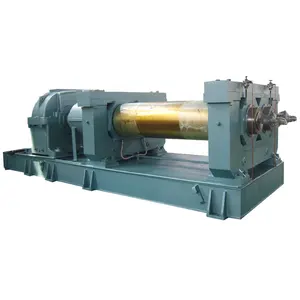


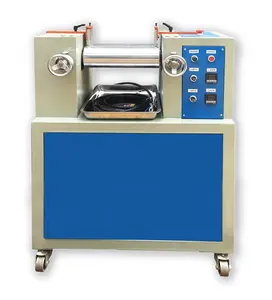









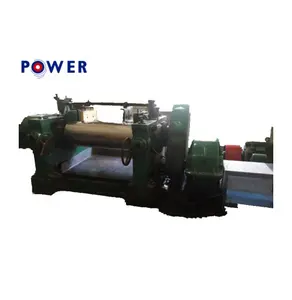



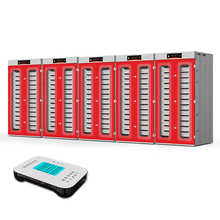
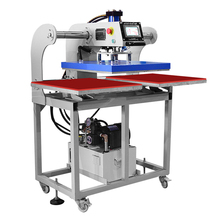
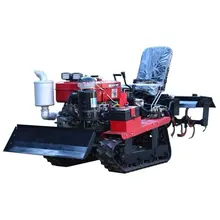

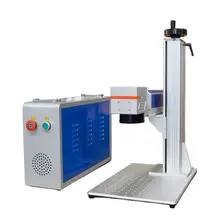



























 浙公网安备 33010002000092号
浙公网安备 33010002000092号 浙B2-20120091-4
浙B2-20120091-4